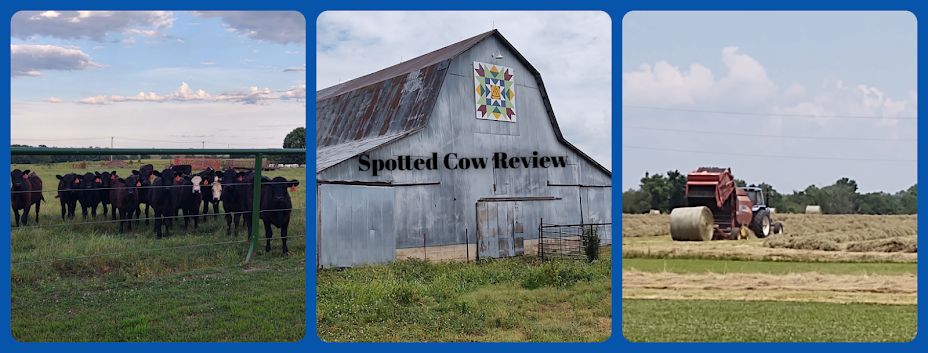
America's dairy farmers provide safe milk. When I go to buy my two or three gallons every week at the grocery store, I never worry about milk safety because I have first hand knowledge of how milk gets to the store. Three hundred sixty five days a year, we milk three hundred cows twice daily. Along with the nation's 55,000 dairy producers, we take our responsibility seriously when it comes to providing a safe product. Milk is the most highly tested and regulated food that is available to consumers. Safety of milk starts on the farm with proper care of our animals and vigilant milking procedures. Our animals receive medication only when sick. Treatment plans are developed by our veterinarian to provide proper care. On our farm, if a milk cow is treated with an antibiotic, that cow is milked in a separate container and the milk is thrown away. That treated cow's milk will not be allowed into the bulk milk tank until a sample of her milk is tested by our dairy cooperative lab and proven free of antibiotics. Each time milk is picked up on our farm to travel to the processing plant, a sample of milk is taken by the milk truck driver and carried to the plant. Before the milk is unloaded at the plant, the milk is tested for antibiotics. It is unloaded into a milk silo before processing and will be tested again before it is pasteurized and bottled. If at any time, antibiotic is found in the milk, the milk is discarded. The commitment of the dairy industry to provide safe products is reinforced by a statement from the National Milk Producers Federation this week:
The U.S. milk industry has an exemplary record concerning management of antibiotics. Under a comprehensive program administered by the state regulatory authorities and overseen by FDA, the U.S. dairy industry conducts nearly 4 million tests each year to ensure that antibiotics are kept out of the milk supply. For example in 2009, only .028% tested positive, and those very rare cases, the mik is not sold to the public. http://www.nmpf.org/latest-news/press-releases/jan-2011/dairy-industry-statement-on-supplemental-antibiotic-residue-test
Rest assured, America's dairy farmers are committed to providing safe and wholesome milk to consumers.





